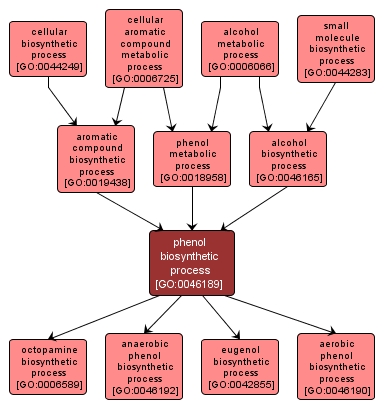| Desc: |
The chemical reactions and pathways resulting in the formation of a phenol, any compound containing one or more hydroxyl groups directly attached to an aromatic carbon ring. The largest single use of phenol is in the production of plastics, but it is also used in the synthesis of caprolactam, a precursor for nylon 6 and other man-made fibers. |














